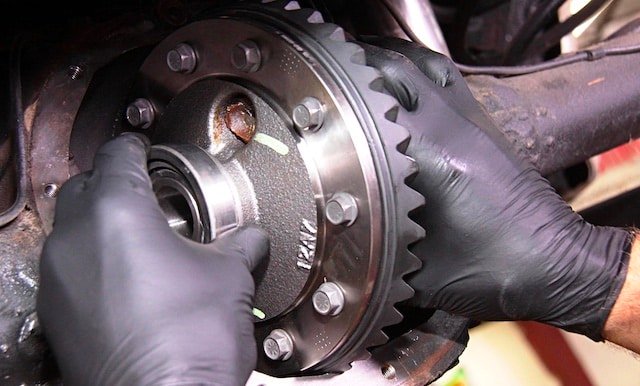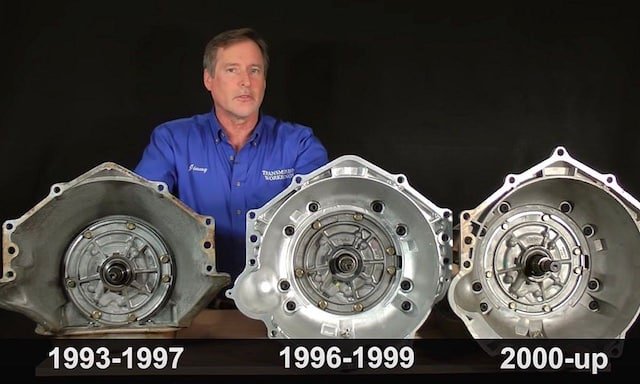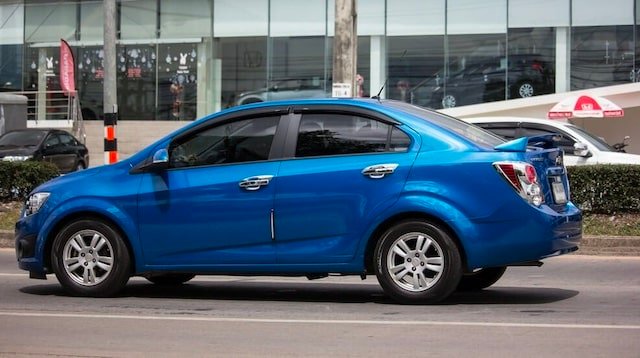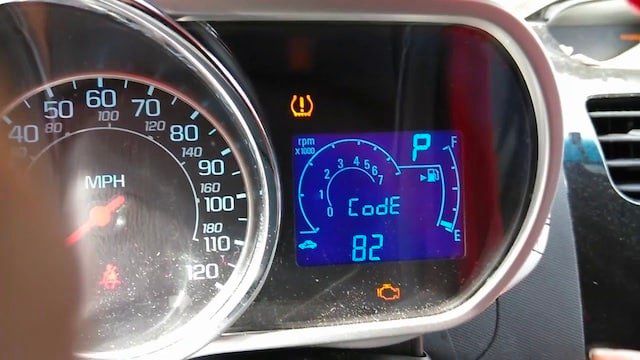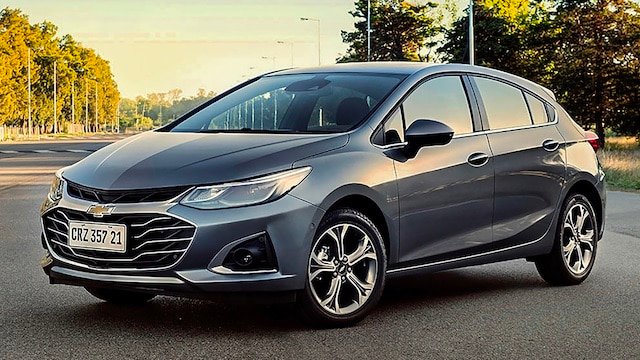Driving around on a cold day without your car heater working is just terrible. Even though we don’t take the heater seriously, we miss it so much when it stops functioning. The Chevy Silverado is known for heater problems so you shouldn’t be surprised when yours stops working.
In this post, we will look at why the heater in your car isn’t working. We will also discuss a few ways to solve the problem. Without further ado, let’s get started.

How the Chevy Silverado Heater Works
Understanding how your Chevy Silverado heater works will help us fix the problem with a lot more ease. As your car engine runs, it produces a lot of heat. It is important that this heat is channeled away from the engine to save it from damage.
This is why there are hoses and pipes circulating coolant around the engine. The coolant absorbs the heat and moves it to the radiator. From the radiator, the heat is dispelled into the atmosphere or ambient air.
Prior to when the coolant gets to the radiator, it first goes through the heater core of your car. Most people refer to the heater core as another radiator. The heat from this part of the car is blown and circulated to the interior of the car with the aid of a fan. This is why when your heater malfunctions, it is always linked to an engine cooling system that is malfunctioning.
Chevy Silverado Heater Not Working: Possible Causes and How to Fix
Now that you know how the heater in your Silverado works, let’s check out what makes it malfunction. The truth is that there are so many reasons why this component of your car may malfunction. Some of these reasons are peculiar to certain vehicles and others are quite common. For the purpose of this post, we will discuss the most common causes of this problem.
Blown fuse
When any electrical component in your car malfunctions, the first thing to check is the associated fuse. This is because the fuse is integral to the functioning of these components. The fuse helps to protect electrical components such as the heater from electrical issues like power surges. Instead of the component getting damaged, the fuse gets blown and breaks the circuit.
To check the fuse associated with the heater, open the fuse box located in your Silverado’s engine. When you do, you will see the fuse map beneath the fuse box lid. Check here to find the location of the associated fuse. When you find the fuse, check to see if it is still in good condition. An easy way to do this is by testing it with a voltmeter.
If the fuse is no longer working, change it and the heater will start working as it should. Sometimes, the fuse is working but it is out of place. In this case, simply fix it back properly and the heater should start working just fine.
Low coolant level
Another very common reason why the heater will not work well is if the coolant level is low. As we mentioned above, the coolant is one of the primary factors needed for the heater to function optimally.
Heat in your engine will rise when the coolant level drops. However, the heat doesn’t circulate as it should. This means that the heat doesn’t reach the vents or interior of your car. It is easy to determine if the coolant is the problem.
Simply check your engine to see if the coolant levels are low. If they are, all you need to do is refill the coolant. After this, you can check if the heater is working. Note that the coolant levels may drop significantly if there is a leak or a bad gasket. If the coolant levels keep dropping, then you need professional help to diagnose the issue.
Control valve failure
It is the control valve that activates the movement of heat from the engine to the heater core. After checking the fuse and the coolant levels, the next likely culprit is control valve failure. When this occurs, the heater core doesn’t receive any heat.
How do you know that the control valve is failing? The first sign is that the valve starts to leak coolant. Another sign is that there is no temperature change despite adjustments to the control or knob. When the control valve is bad, you need to change it. A mechanic can help you do this at minimal costs.
Failed fan motor
As you have seen above, the fan is also a very important component of the heater system. It helps to circulate the heat generated in the heater core to the interior of your Silverado. If the fan motor is bad, the fan can no longer rotate.
There are several reasons why the fan motor will stop working. One of them is a bad fuse and another is wiring problems. Also, the motor may stop working because it is clogged with dirt and debris. You can ask your mechanic to check the problem. If none of these is the issue, then it is possible that the motor is damaged and needs to be changed.
Blocked heater
Another reason why your Chevy Silverado heater may stop working is a blockage in the heater core. There are tubes or hoses leading to and from the heater core. If any of these tubes get blocked, the heat may not get into or out of the heater core. When this occurs, the car interior cannot receive any heat.
Ask your mechanic to help check the hoses and pipes for blockages. If there is any blocked pipe, they can either clean or replace them. It all depends on the extent of the damage.
Conclusion
Now, you know the major reasons why your Chevy Silverado heater is not working. We have also shown you a few ways to solve the problem. To avoid these problems, ensure that you maintain your heater properly. Always check the coolant to see that it is at optimal levels.

